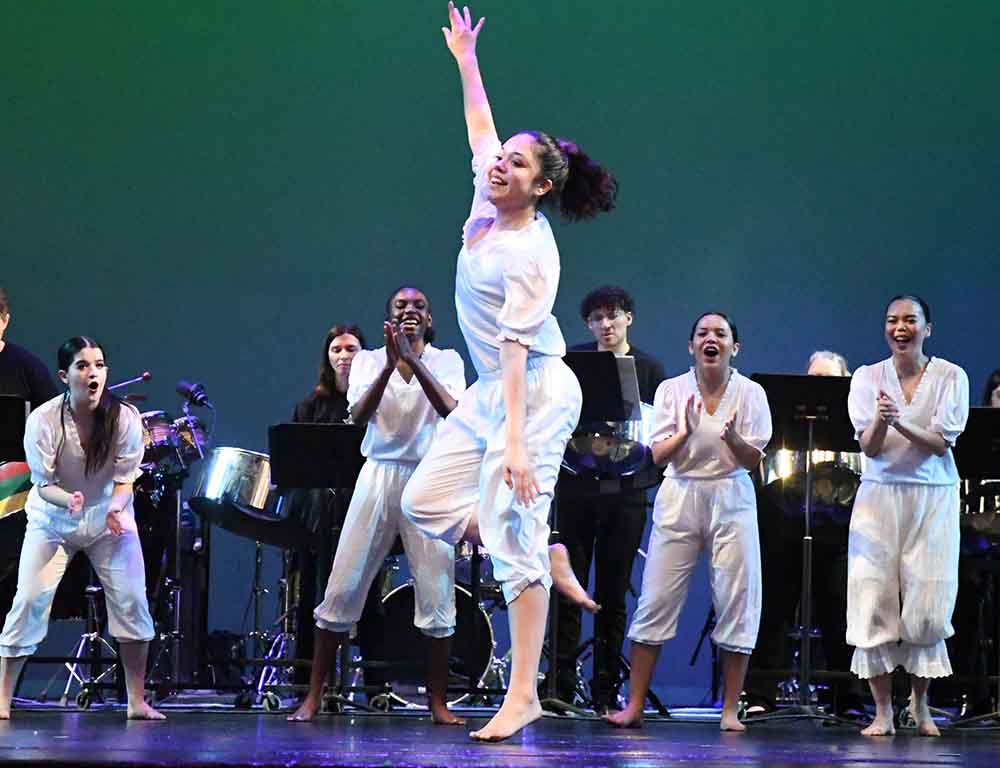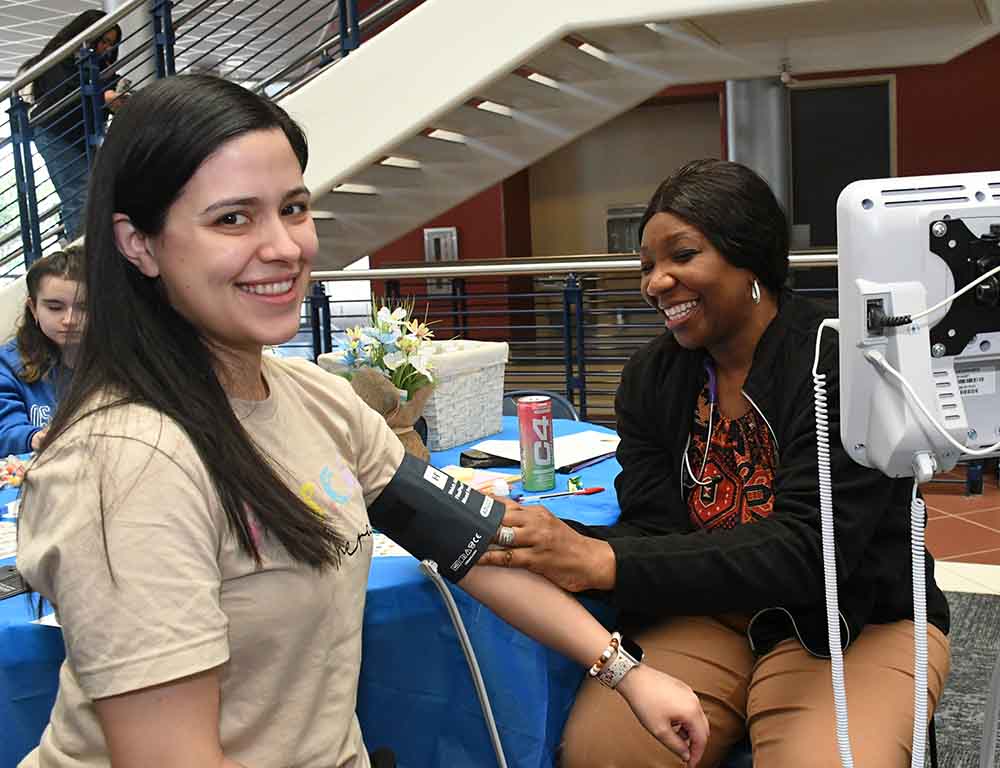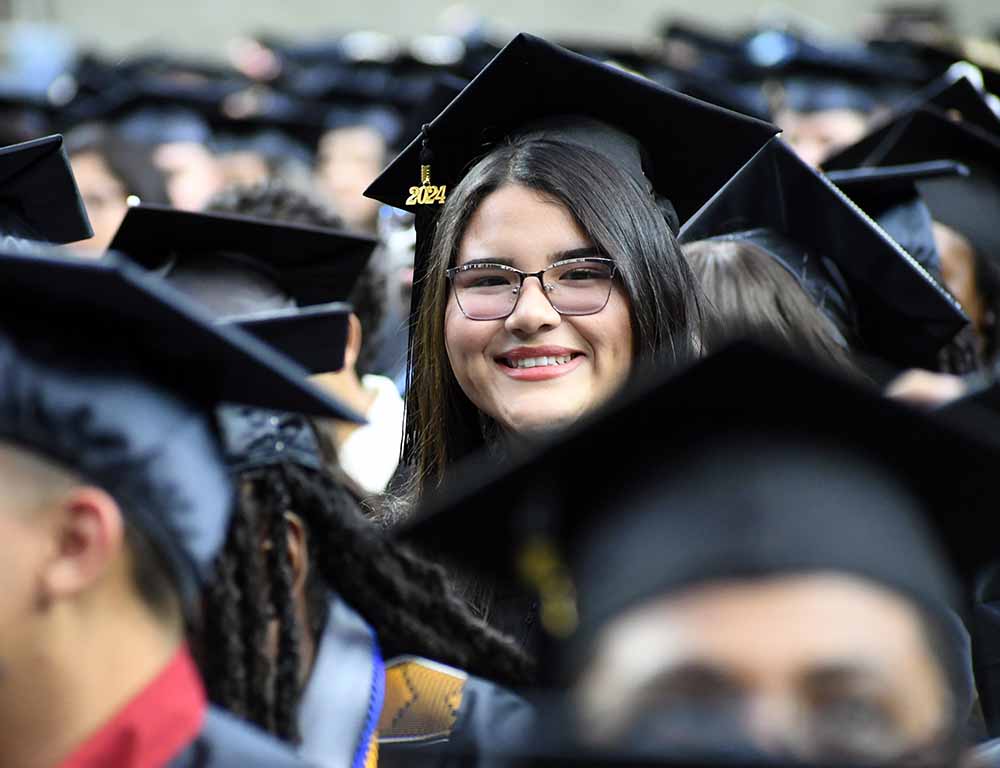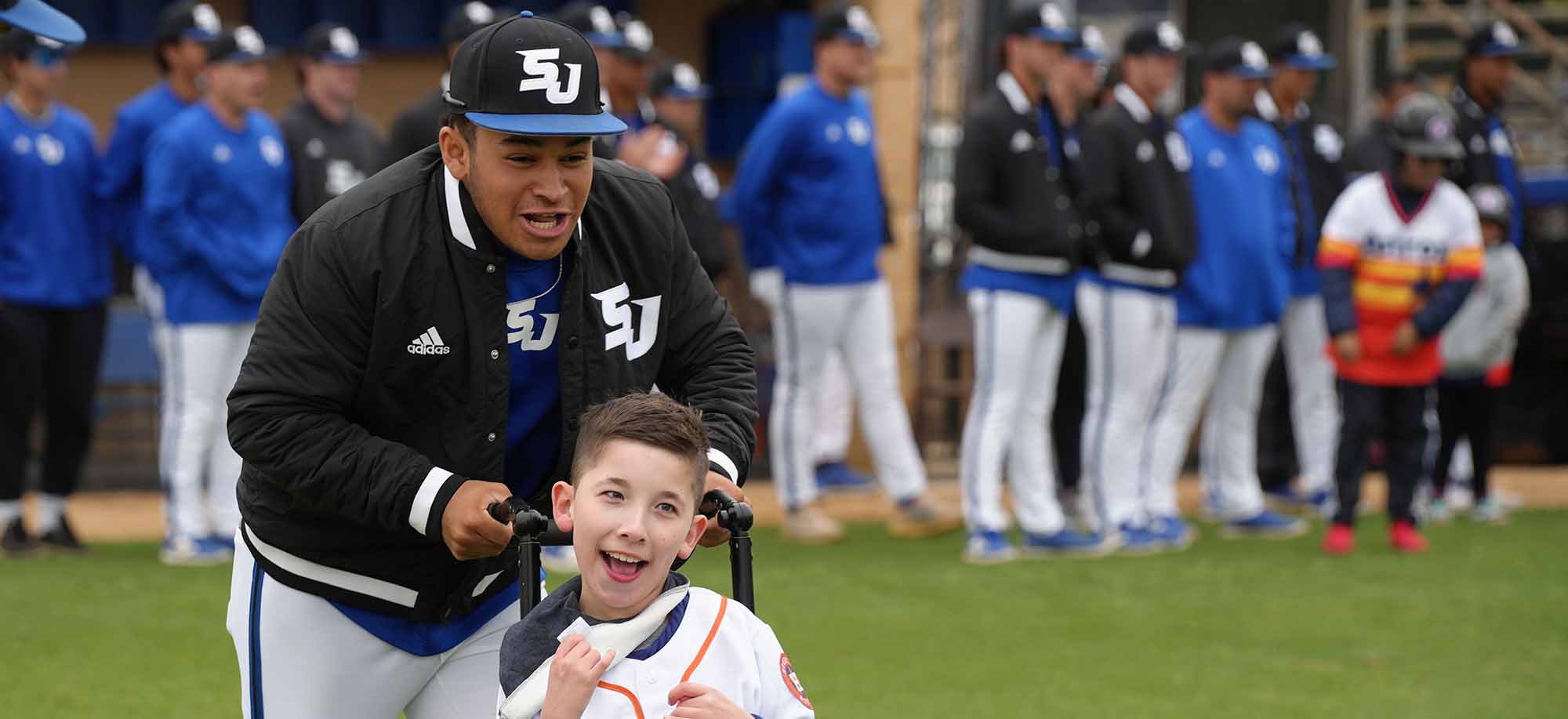
Resilience
resilience (ri-zil-yəns) n. The ability to withstand or adjust to challenges:
San Jacinto College students show resilience, often working and caring for loved ones while being the first in their families to pursue degrees.
College degree 50 years in the making
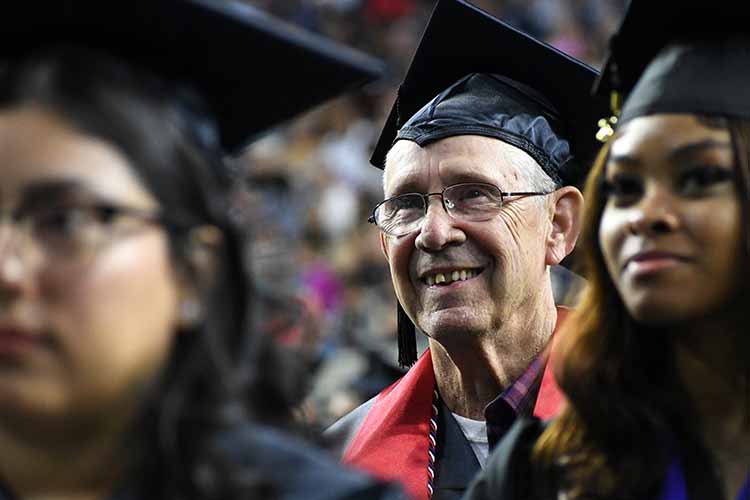
Ted Tolley
This May, 50 years after first stepping onto a college campus, the now 74-year-old finally completed his general science degree. Tolley says this happened thanks to encouragement from his wife, Susanne, who works in San Jacinto College’s nursing department.
In 1973, Tolley began his college education at Brazosport College while working full time at Dow. But with family and a busy work schedule, he put the degree on hold.
In 2000, he tried again, enrolling in computer classes at San Jacinto College. Although he enjoyed learning about new hardware, he realized automation was taking over the industry, and he preferred hands-on work. So he left college again.
About six years ago, Tolley decided to finish what he had started — this time with weekend classes. While a heavy work travel schedule made it difficult to keep up, he persisted because of his wife’s encouragement.
Tolley took both online and face-to-face courses, which gave him schedule flexibility. He also shared his work and life experiences with younger classmates and enjoyed the challenge of learning as an older student.
Today, Tolley works for Bechtel creating training materials for LNG plants. He encourages anyone who is considering college as an older adult is to start with one or two classes. Success starts with taking the first step.
creating connections
September 2023
The mental health services program held Creating Connections on the North Campus to discuss substance use. The event featured a seminar on healthy coping skills, support resource booths, and a screening of KHOU 11’s documentary “One Pill: Fighting Fentanyl.”
View the Creating Connections photo album
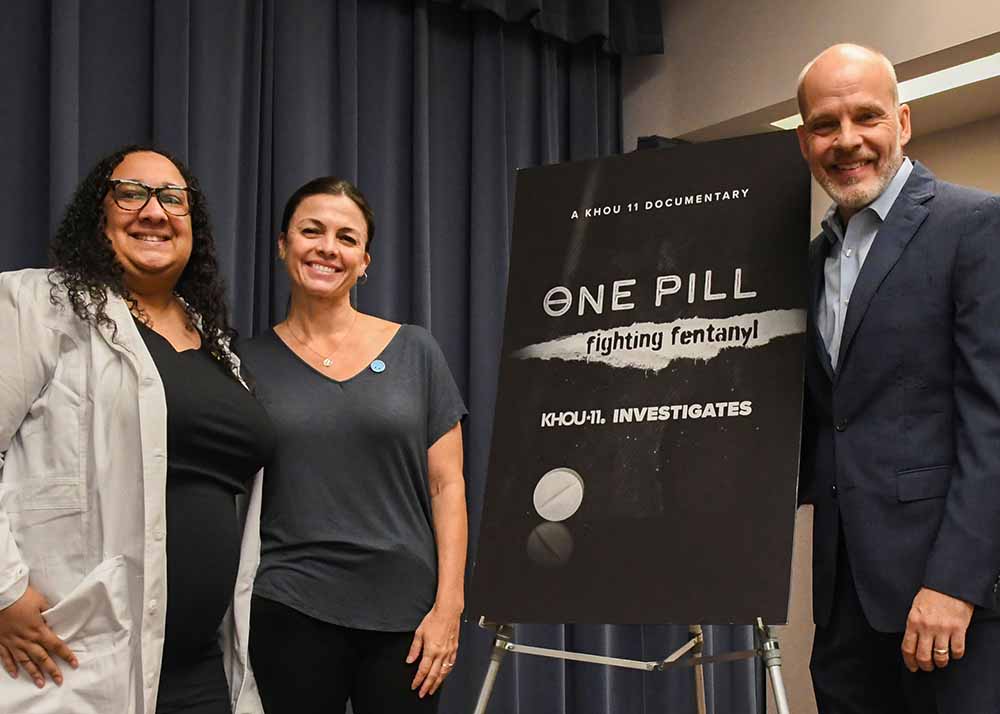
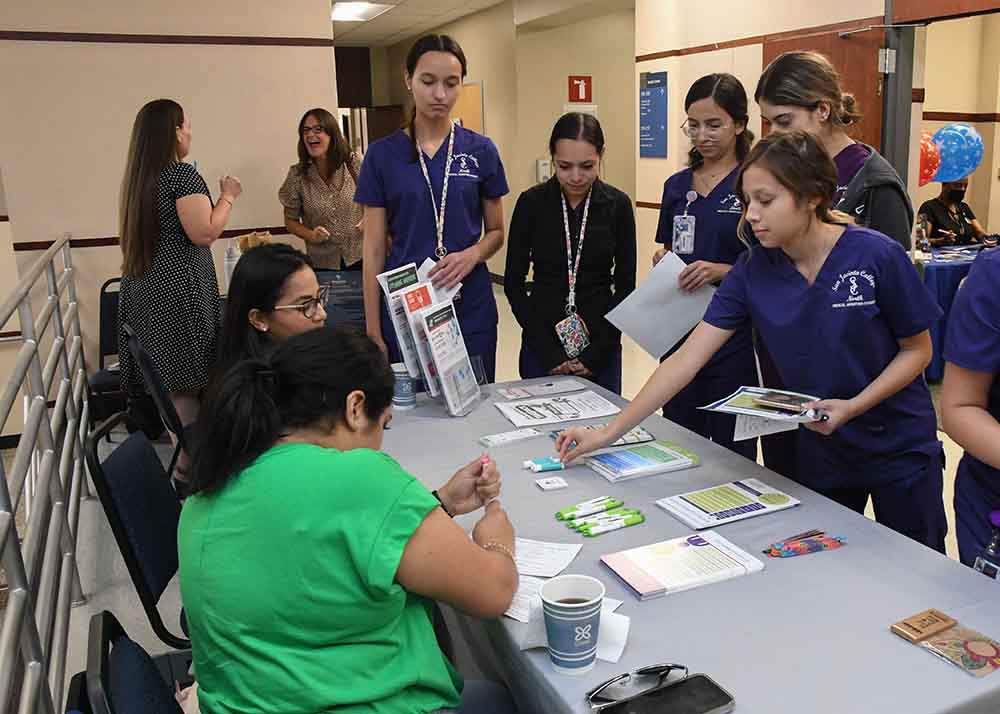
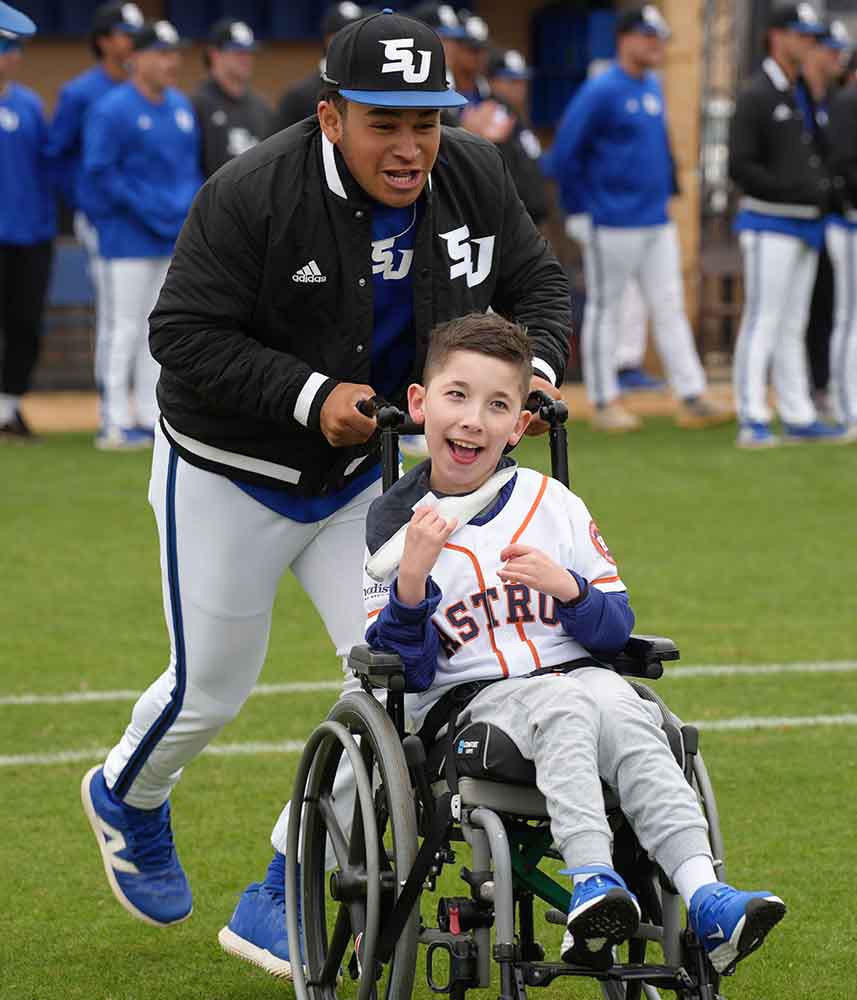
Challenger Game
Turn Impossible to ‘I’m possible’ at San Jac
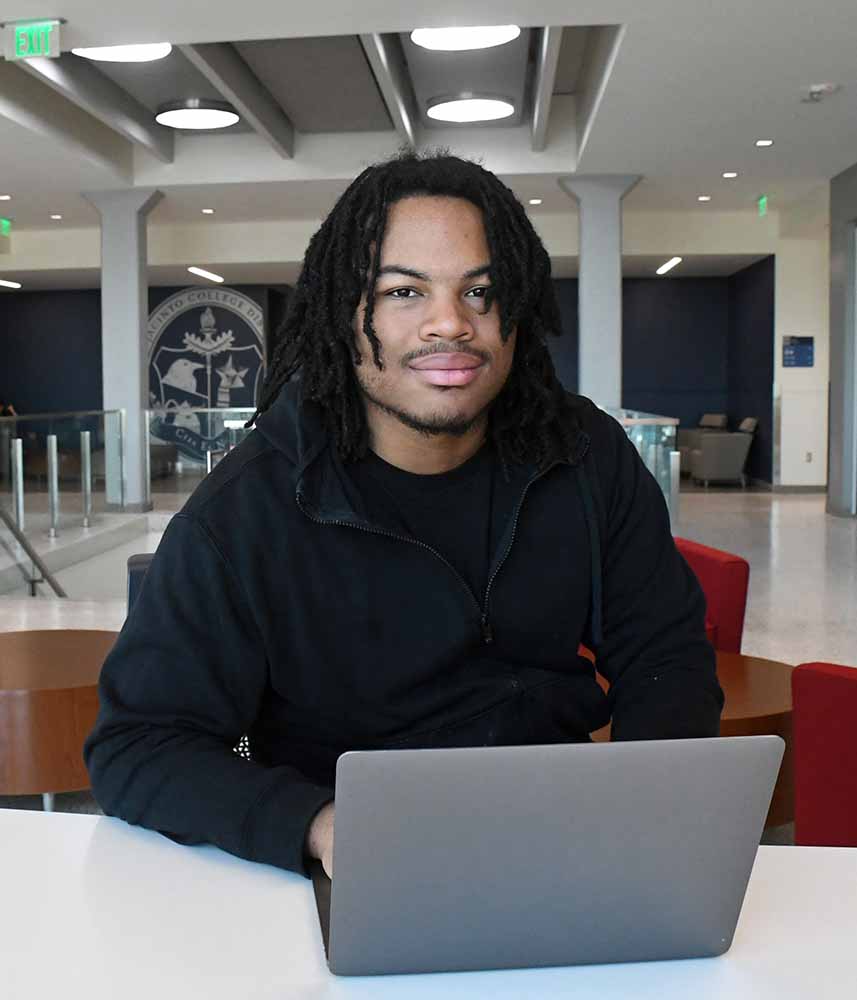
From Yawning in Biology to Launching New Biotech Program
While enrolling at San Jac might have seemed a small step for some, it was a giant leap for 23-year-old Kevin Rodriguez in 2014. In several classes, he scraped by without textbooks, unable to afford them. Juggling work, family, and full-time classes felt like an “uphill battle.” The turning point came after he won several San Jacinto College Foundation scholarships.
“You feel like you belong — you’re validated. No one cares where you came from, what grades you made in high school. What can you do now?” - Kevin Rodriguez, Biotechnology Instructor ('18)
In January 2024, Rodriguez joined San Jac’s new biomanufacturing technology program. He has come full circle — once a struggling student, now training students how to manufacture life-saving therapies and drugs.
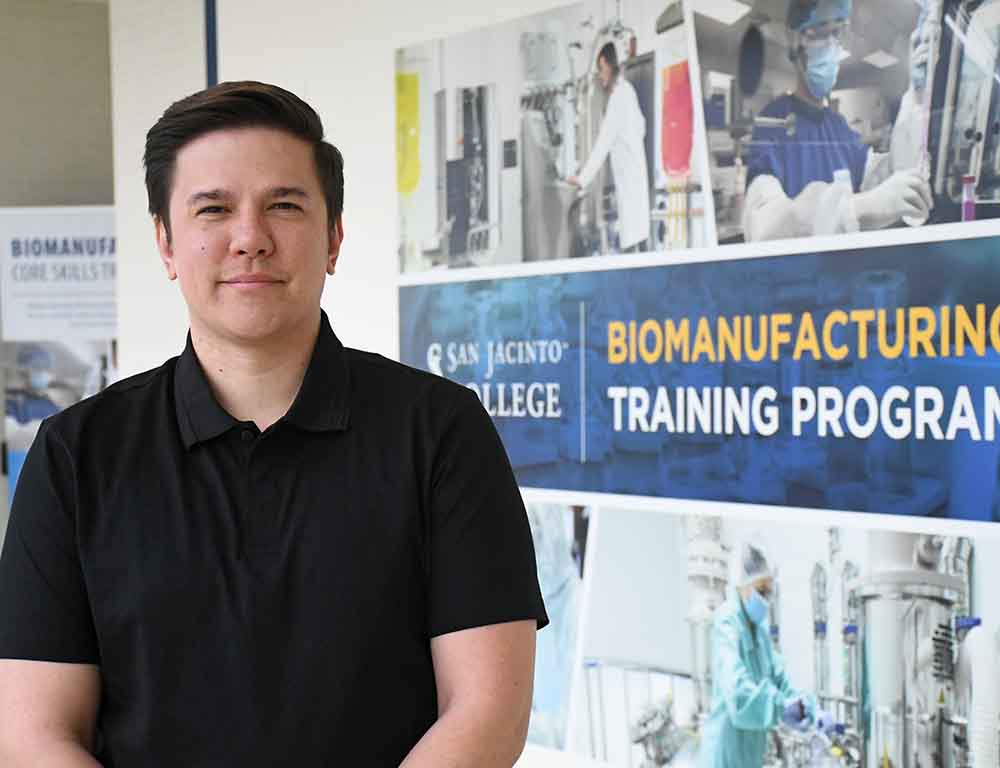
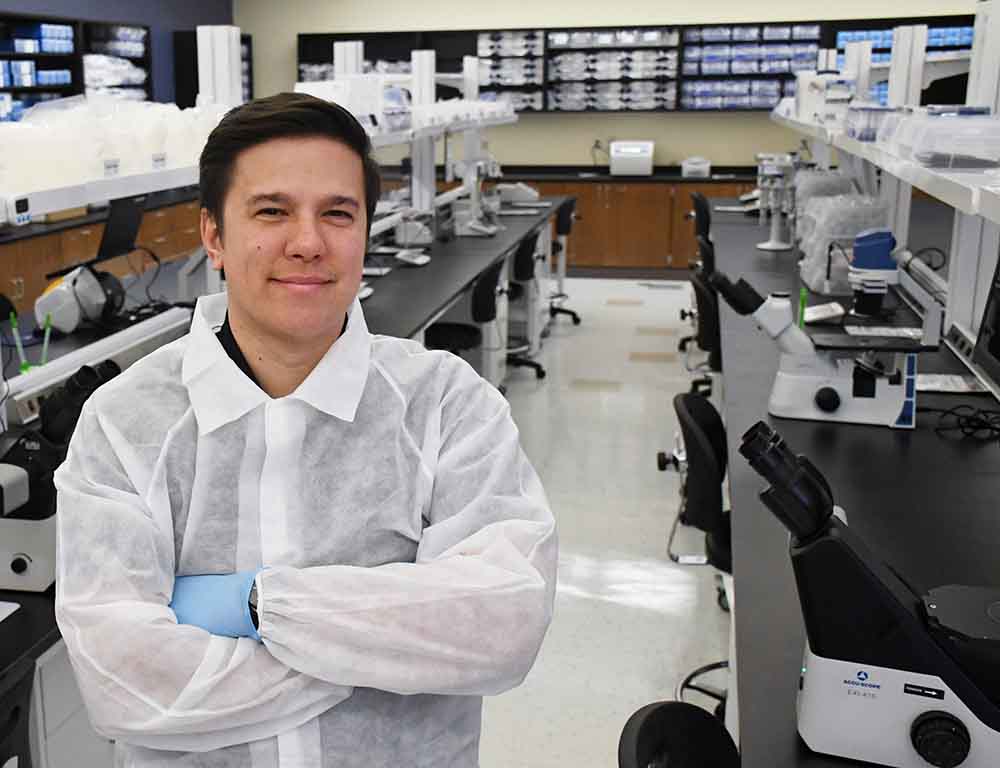
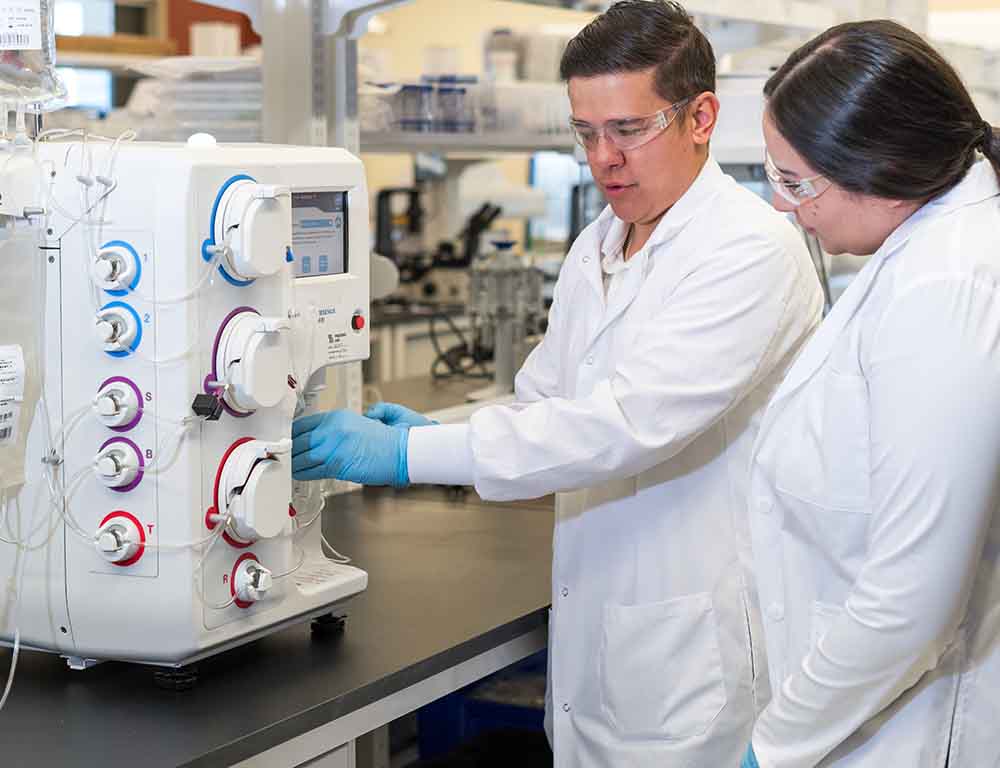
Art and Inspiration: Q&A With Professor Naomi Lemus
Growing up as a first-generation Mexican American, Naomi Lemus learned early how to “weave through multicultural environments and spaces.” It’s no surprise she pursued art, blending textures and media into visual stories.
Lemus started at San Jac unsure about college or her options. Overwhelmed, she reduced her course load and enrolled in something she enjoyed — painting and drawing classes. Her professor encouraged her to major in art. After graduating from San Jac and earning bachelor’s and master’s degrees, she has returned to the College as a full-time art professor.
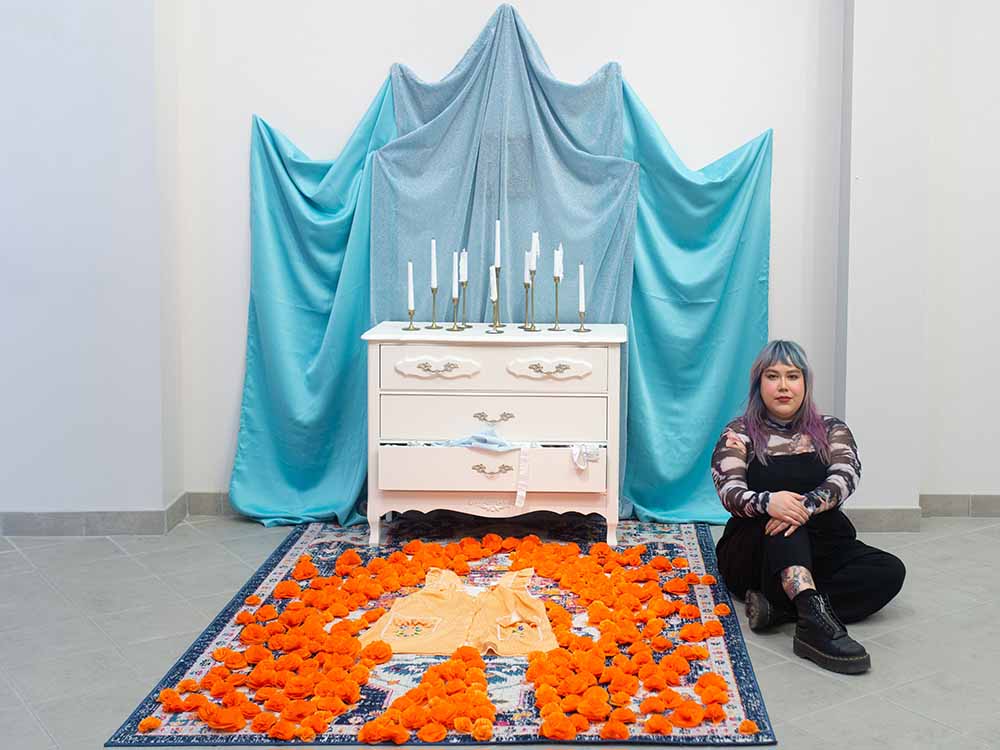
“I offer my students a unique point of view because it wasn't long ago that I was in their shoes, feeling self-doubt and questioning if I was good enough to belong. I need to encourage and validate my students' experiences as much as their artistic ability.”
- Naomi Lemus, Art Professor ('16)
A: I was born and raised in Galena Park. My mom still lives five minutes from the North Campus. Growing up as a first-generation Mexican American forced me to weave through multicultural environments and spaces, and that reflects who I am today.
A: I came to San Jac because I didn't know where else to go or my college options. I am a first-generation college student, and all of this was new to me. I started with core classes and instantly became overwhelmed. My mom encouraged me to lessen my course load and look at things I enjoyed doing. That's when I enrolled in painting and drawing classes with Joe Clark, a wonderful mentor. I didn't even know then that being an art major was an option.
A: I enrolled at the University of Houston and earned my bachelor's degree in painting. And then I thought, “What now?”
I applied to several graduate schools and was denied to all but one. Temple University in Philadelphia put me on the waitlist. I didn't know if I would get in, but I remained hopeful. In May, I got a call that a spot opened. I didn't even think before saying yes.
It was the first time I left home and spread my wings. While at Temple, I learned to stand in my voice. I thought I didn't have the "right words" to talk about art, but my professors reminded me there is no right way to perceive art, and I had something to offer.
I've been fortunate with the professors at San Jac, the University of Houston, and Temple — people who have mentored and guided me through my journey gracefully.
A: A few months before my graduate program's end, I sent Joe Clark a message and said, "Hey, I'm ready to come back." Luckily, there was an opening, and in August 2022 I became a full-time faculty member.
I didn't necessarily pursue art education, but it found me. I wanted to give back like many mentors had done for me. This career is perfect for where I am right now. I offer my students a unique point of view because it wasn't long ago that I was in their shoes, feeling self-doubt and questioning if I was good enough to belong. I need to encourage and validate my students' experiences as much as their artistic ability.
A: My work looks to comprehend generational narratives of trauma through the lens of empathy, acknowledgment, mending, and forward movement.
My search for emotional healing is a personal and artistic practice that focuses on forms of assemblage installation. These installations pull from family archives, such as handwritten letters, family photos, and personal and borrowed memories. I work alongside family members to recreate memories that have shaped us and our perspective of loved ones.
These works draw from the “rasquachismo” art movement. Chicano curator and author Amalia Mesa-Bains explains that "in its broadest sense, 'rasquachismo’ is a combination of resistant and resilient attitudes devised to allow the Chicano to survive and persevere with a sense of dignity." “Domesticana” is a form of feminist “rasquachismo” — to undo the wounds of patriarchy and colonization.
Keep Reading
